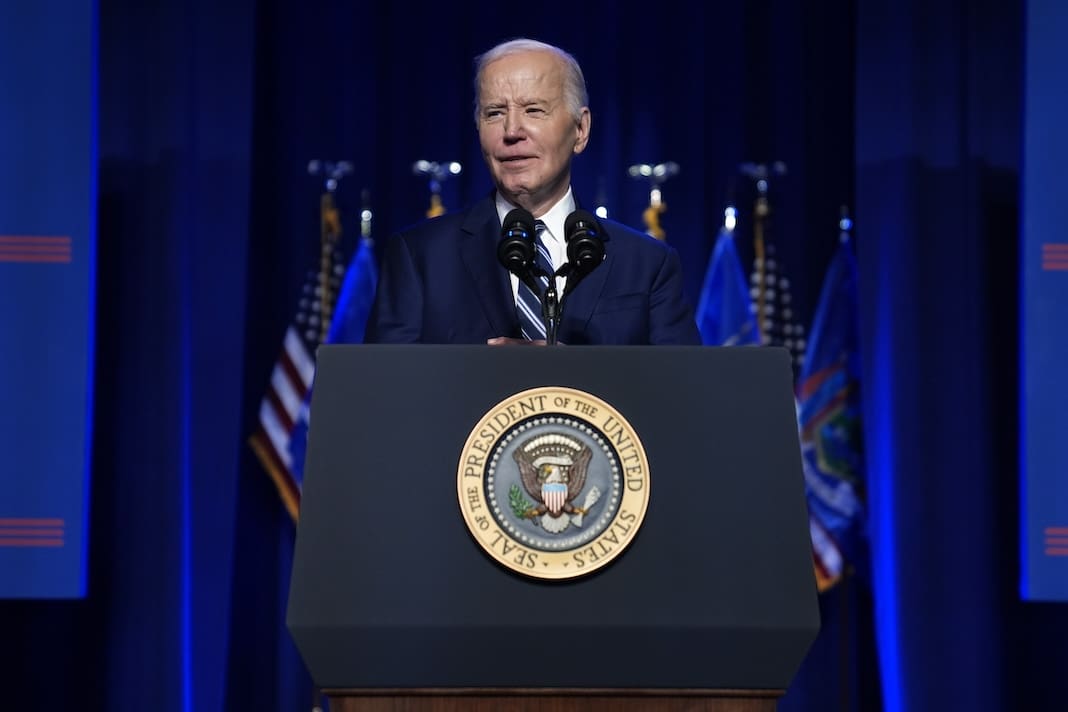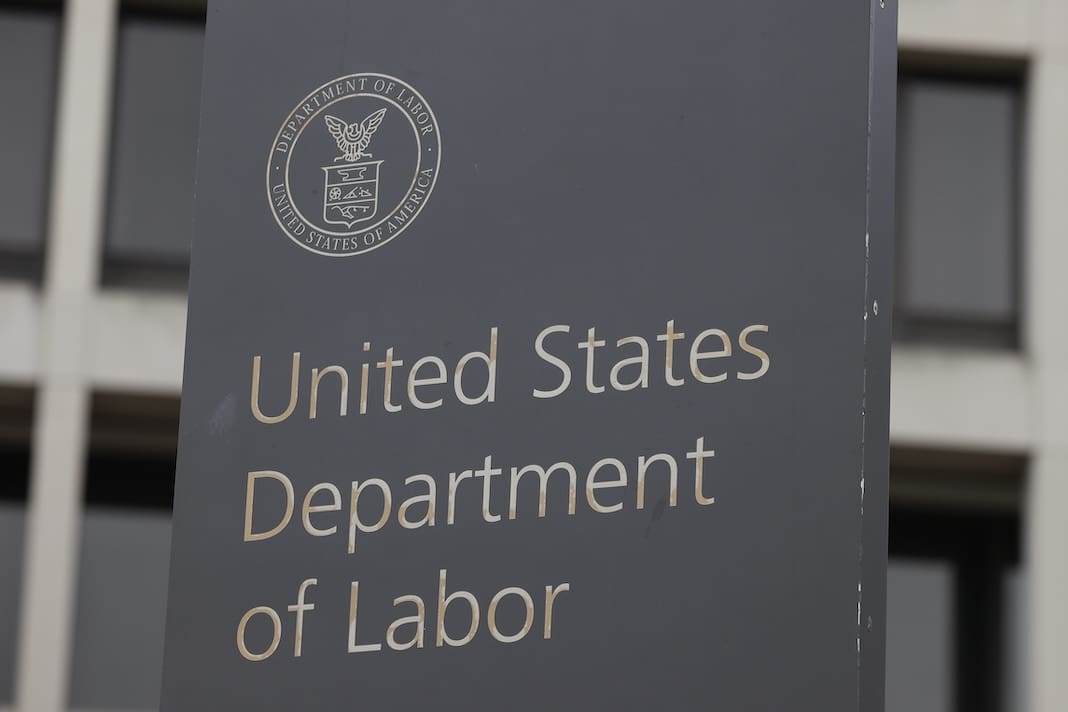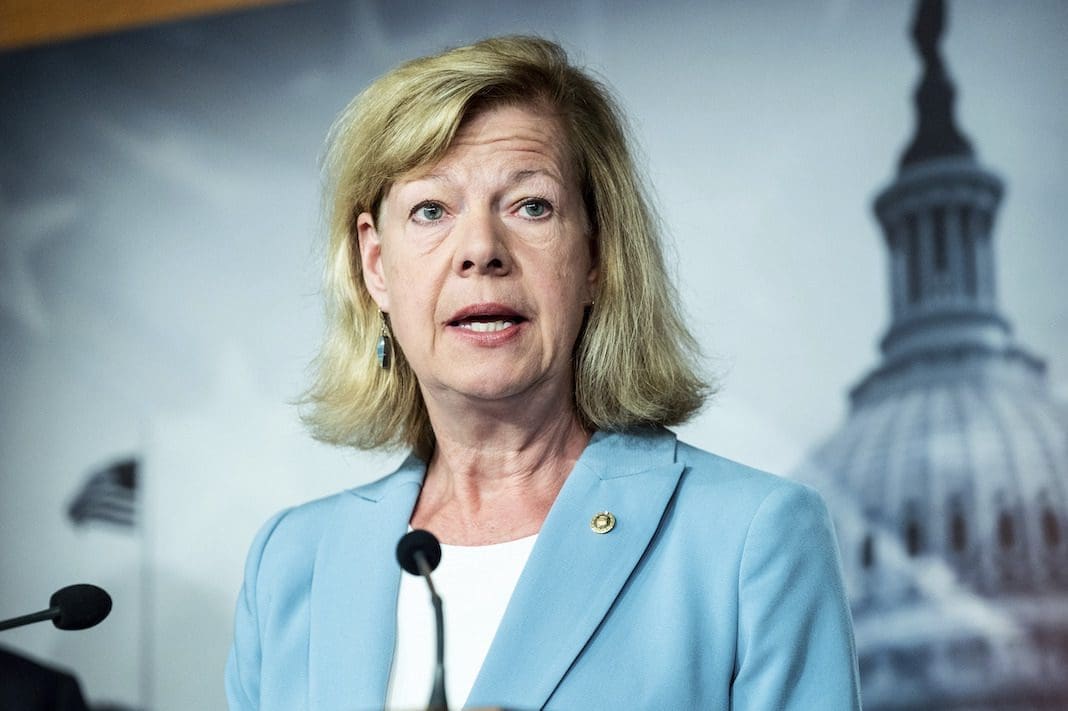Poll shows voters fear Trump will cut social safety net and add tax cuts for the wealthy
Former President Donald Trump was elected in 2016 on a promise of tax cuts for the middle class. Once elected, he slashed taxes for corporations and wealthy individuals.

A recent poll of American voters found that majorities are worried that former President Donald Trump would use a second term to slash entitlement programs and prioritize more tax cuts for the richest Americans over helping middle-income people and working families. Trump spent his term in the White House trying to do both.
The polling firm YouGov surveyed 1001 registered voters in late January for Blueprint, a Democratic research and strategy firm, which shared a polling memo with the website Semafor.
Participants were given a list of “some things people say Trump might do if elected” and asked whether they were worried about each one happening.
The top concerns were that Trump would violate the law (57%) and “abuse the presidency to take revenge on his political rivals” (57%).
Fifty-six percent worried that “Trump would cut taxes for the rich but not the working and middle-class families” and “Trump will let rich tax cheats off the hook.” Fifty-five percent feared that he would cut Medicare and Social Security funding.
“One of the best contrast messages that we tested was that Trump is on the side of the rich,” Blueprint head pollster Evan Roth Smith told the Semafor on March 5, “while Biden is on the side of the working class, as evidenced by his drug price policy,” a reference to provisions in President Joe Biden’s 2022 Inflation Reduction Act that capped Medicare patients’ out-of-pocket costs for insulin and prescription medications.
Trump ran in 2016 on a promise of massive middle-class tax cuts and a vow that unlike other Republicans, he would not make any cuts to safety net programs such as Medicare, Medicaid, and Social Security.
“Everybody is getting a tax cut, especially the middle class,” Trump told CNN in May 2016, adding that he might back higher taxes for the richest Americans. “I said that I may have to increase it on the wealthy. I’m not going to allow it to be increased on the middle class.”
“It takes a builder to rebuild the American dream and Donald Trump has the blueprint,” his campaign claimed in one 2016 ad. “Tax relief for working people: a 30% tax cut. Peace of mind for working families.”
“Every Republican wants to do a big number on Social Security, they want to do it on Medicare, they want to do it on Medicaid,” Trump told New Hampshire voters in 2015, the AP reported. “And we can’t do that. And it’s not fair to the people that have been paying in for years and now all of the sudden they want to … cut.”
Once elected, he abandoned those positions.
Instead of the $4.4 trillion tax cut plan he had backed as a candidate, Trump pushed through the Tax Cuts and Jobs Act of 2017, which slashed tax rates for corporations and the wealthiest Americans while offering little relief for working Americans. In fact, millions of families had their tax bills increased by the law.
Trump repeatedly claimed that he was about to enact a big middle-class tax cut but never actually offered any such plan. “We are going to be putting in and are studying very deeply right now, round the clock, a major tax cut for middle-income people,” he told reporters prior to the 2018 midterm elections. “I would say sometime around the first of November, maybe a little before that.”
According to a December 2017 report by Business Insider, Trump told an unnamed congressional Republican that he would wait until the first day of his second term before making Social Security cuts.
He did not wait. Every budget proposed by Trump’s administration included proposals to cut Medicare and Social Security, the Washington Post reported in February 2023. Trump’s 2020 budget proposal included plans to reduce funding for Medicaid, Medicare, and Social Security, Axios noted in March 2019, including a $575 billion Medicare cut.
In January 2020, he told CNBC that his great economy would allow him to cut safety net programs: “We have tremendous growth. We’re going to have tremendous growth. This next year — it’ll be toward the end of the year. The growth is going to be incredible. And at the right time, we will take a look at that. You know, that’s actually the easiest of all things, if you look, because it’s such a big percentage.”
Trump’s budgets did not include sufficient funding for the Internal Revenue Service to force wealthy tax evaders to pay what they owe. He opposed the Inflation Reduction Act, which boosted IRS enforcement efforts against those making over $400,000, inaccurately denouncing it as the largest tax hike in American history.




